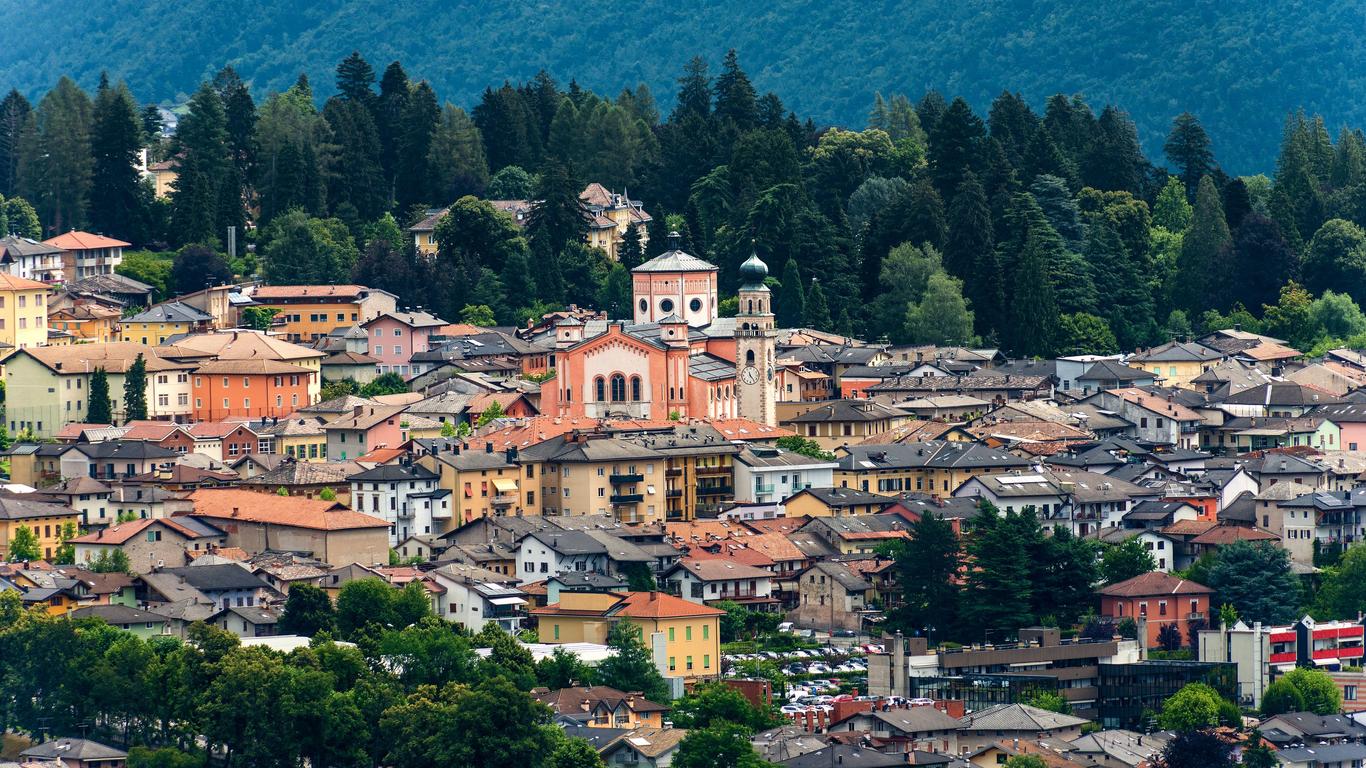Also known as Trentino, the Province of Trento is a mountainous region in Italy’s far north that’s long been an important passage en route to Northern Europe. Most of its settlements, including the capital Trento, lie in the picturesque Adige Valley, which is framed by the snow-capped peaks of the Dolomites.
Things to do in Trento
Historic castles, cutting-edge museums and spectacular hiking trails, the Province of Trento is one of Italy’s little-known gems.
Sightsee in Trento. Hugging the banks of the Adige River is Trento, the provincial capital and one of the largest cities in the Italian Alps. Marvel at the rose window of the Romanesque-style Trento Cathedral and get hands-on at the MUSE museum before admiring the Venetian Gothic loggia and ornate frescoes of the Buonconsiglio Castle.
Explore little-visited Rovereto. Established as an ancient fortress town, Rovereto is a short drive south of Trento. Browse the military artefacts on display at the Italian War Museum, which occupies the 13th-century Rovereto Castle, then see one of the largest bells in the world, the Maria Dolens. Art museums not to miss include the MART and the Casa d'Arte Futurista Depero.
Climb to the summit of Marmolada. Rising to 3,343 metres along the border between the Province of Trento and Veneto, Marmolada is the highest mountain in the Dolomites. You can hike between the charming hamlets of Val Pettorina and marvel at the mountain’s immense glacier en route to the summit of Punta Penia.
Get active in the Val di Fassa. Traversed by the Avisio River, the Val di Fassa boasts several hiking and mountain biking trails that offer magnificent views of the Dolomites. In the winter months, it transforms into a skiing paradise as part of the Dolomiti Superski area, which encompasses 12 different ski resorts.
Getting around Trento
Bolzano - Dolomiti Airport is the most convenient aviation gateway to the Province of Trento and is around 45 minutes’ drive from Trento. Regular trains connect from destinations across Italy to the Trento railway station while buses serve the province’s smaller towns and villages.





